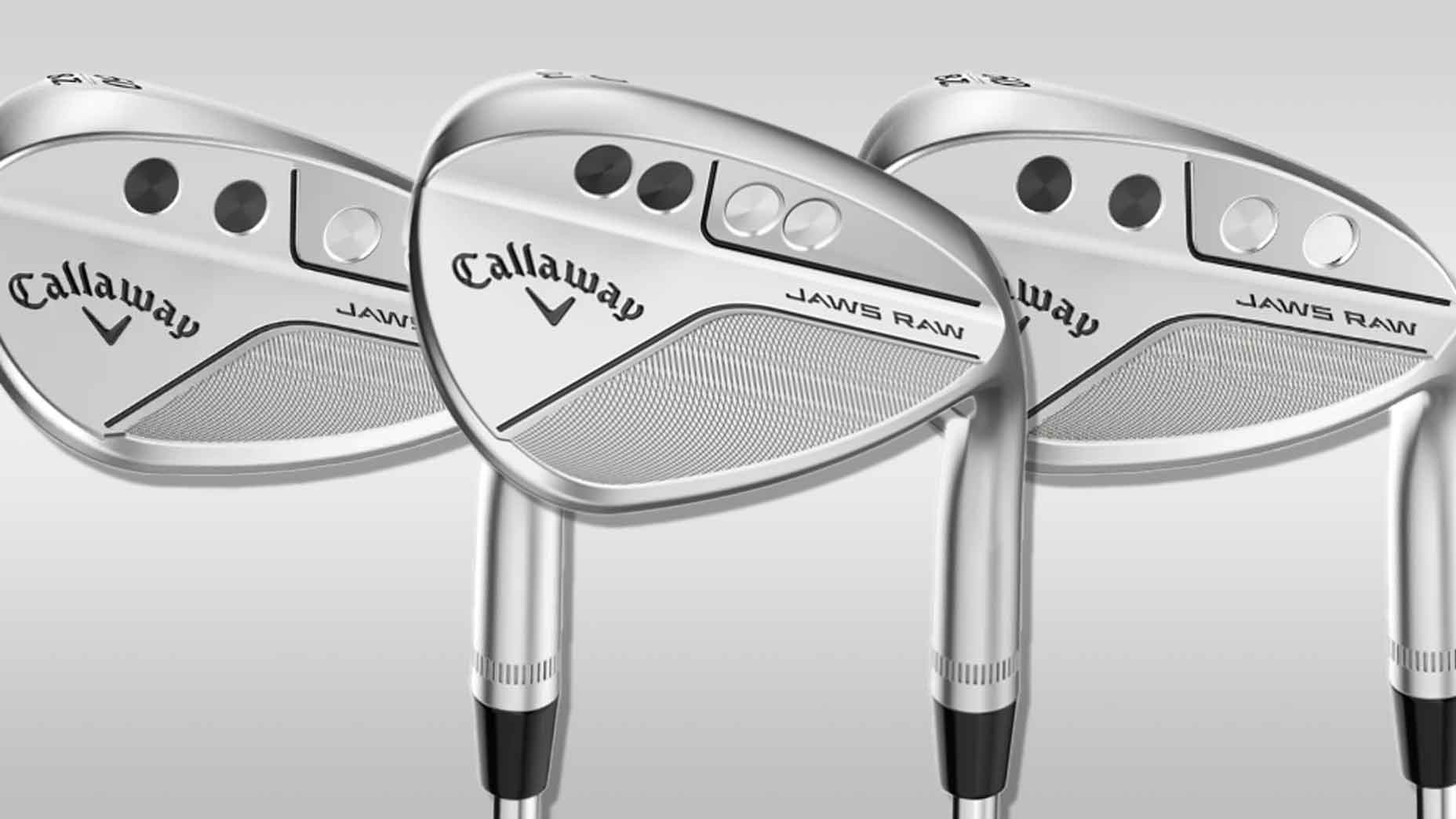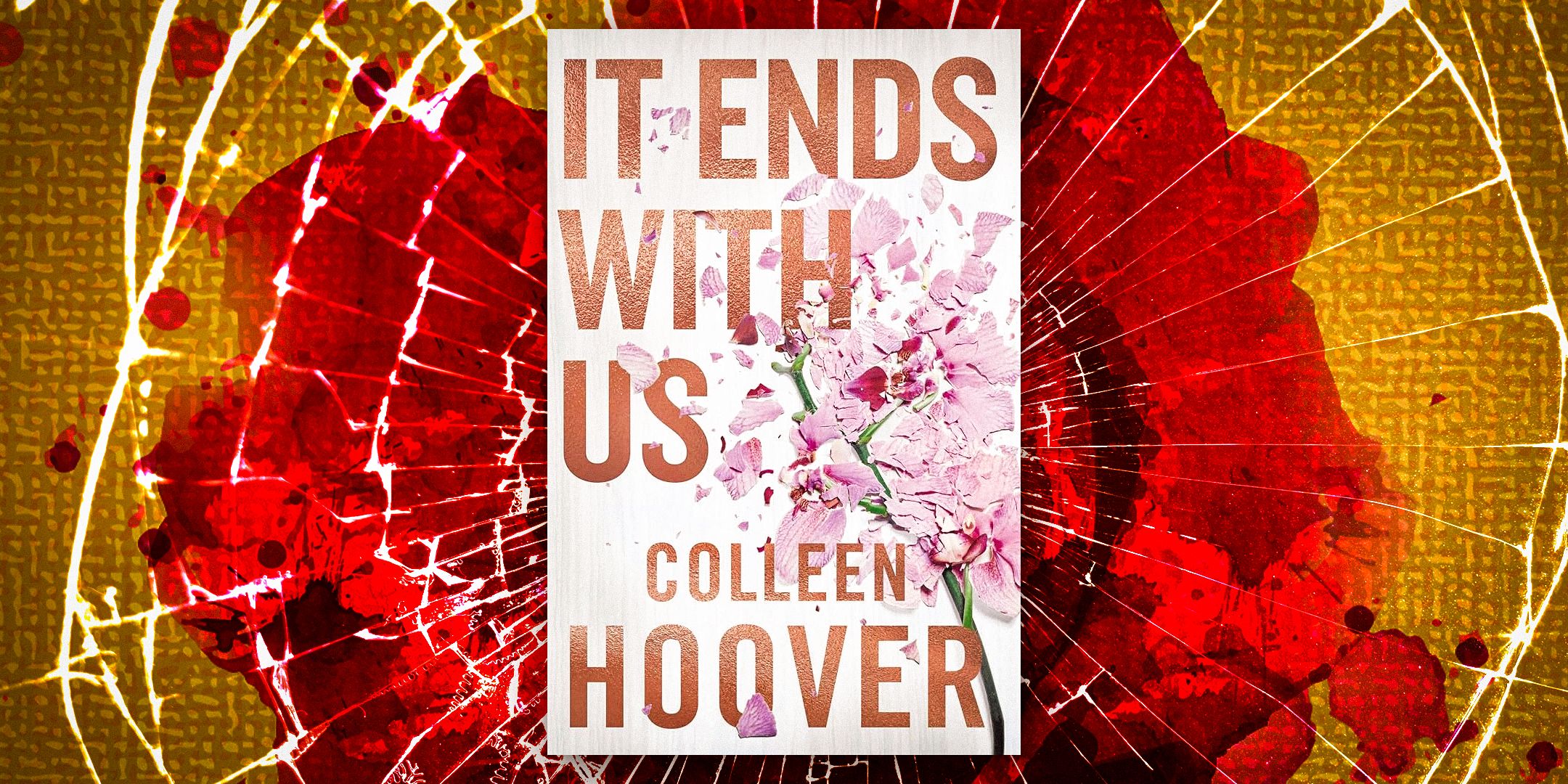🦷Kids’ toothpastes and brushes that experts love and why

As soon as your baby’s first teeth come through – which can happen as early as 6 months of age – you should start brushing, according to the American Dental Association. For children under three, teeth should be brushed twice a day with a soft-bristled toothbrush and a dab of children’s toothpaste the size of a grain of rice.
What must be in this toothpaste? Should it contain fluoride, as recommended for adults? And what about all the chemicals in the ingredients list – are any of them a concern, either for your child’s health or for the environment?
To answer these and other questions, Consumer Reports partnered with Made Safe, a nonprofit that tests products for safety and sustainability. Together, they evaluated the ingredients of 10 children’s toothpastes. We also interviewed pediatric dentistry experts and reviewed the latest ADA recommendations.
Here’s what we learned.
What to look for in children’s toothpaste
Fluoride: According to the ADA, fluoride should be in every toothpaste, including children’s toothpaste. Even a little bit, the size of a grain of rice, can help prevent tooth decay and is safe, says Mirissa Price, DDS, pediatric dentist and ADA consumer advisor. So all the products we like best contain this important ingredient.
No hidden ingredients: Additionally, children’s toothpaste is often flavored, although the ingredients are trade secrets and companies are not required to disclose them—and often don’t. Our favorite toothpastes come from companies that list the ingredients of their flavors on their labels or websites, or at least are willing to tell us what the ingredients are. For example, Hello told us that its Kids Magical Mermaid fluoride toothpaste uses orange oil, and Tom’s of Maine’s website says that its Kids’ Anticavity Natural Silly Strawberry toothpaste gets its flavor from strawberries and other juices. Burt’s Bees, Colgate, and Crest, on the other hand, did not respond to our questions about the ingredients in their flavors.
Child and environmentally friendly ingredients: Finally, we looked for products without ingredients that raise safety concerns, either for health reasons or because they might harm the environment in one way or another. These include things like titanium dioxide and blue dye 1, both of which are added as colorants to many products. Some research has linked certain dyes to hyperactivity in children and titanium dioxide to potential damage to the body’s genetic material and immune system. The European Union has banned titanium dioxide in food, and here in the U.S., California and Pennsylvania are considering similar action against several food dyes.
Keep an eye on risks: If your child already uses a children’s toothpaste that didn’t make our experts’ “safe” list, don’t panic. The experts we spoke with stressed that none of the ingredients they mentioned pose an immediate health threat to children. Still, we think parents should pay attention if certain ingredients are suspected (or known) to have a negative impact on the environment or may be potentially harmful with repeated exposure over time. We also know that cost and availability are important considerations for families—it’s worth noting, for example, that Hello’s toothpaste costs roughly twice as much per ounce as Colgate or Crest’s. So we encourage you to use this report as a guide and weigh effectiveness, potential risks, and cost while choosing the right product for your family.
Children’s toothpaste review
Consumer Reports and Made Safe jointly analyzed the ingredient lists of seven children’s toothpastes containing fluoride. The “best” toothpastes shown below contain safer and more sustainable ingredients.
Two toothpastes – Hello Kids Magical Mermaid Fluoride Toothpaste and Jason Sea Fresh Anti-Cavity & Strengthening Toothpaste – stood out as favorites because they contain safer and more sustainable ingredients.
ACT Kids Anticavity Toothpaste and Tom’s of Maine Kid’s Natural Silly Strawberry both contain ingredients with possible risks.
And three products – Burt’s Bees Kids Strawberry Splash, Colgate Kids Cavity Protection Bubble Fruit and Crest Kid’s Crest Cavity Protection Sparkle Fun Toothpaste – contained titanium dioxide and other ingredients linked to potential health risks.
None of these three companies responded to requests for comment on the safety of the ingredients in their products.
Although the American Dental Association recommends fluoride in all toothpastes, some parents prefer to give their children products without fluoride. Our analysis therefore included these three fluoride-free toothpastes that are otherwise good choices because the manufacturers disclose all the ingredients used to make their flavors and the products do not contain any other questionable ingredients: Aramoon Kids Toothpaste 2nd step, BOTAO Baby Strawberry Flavored Toothpaste, and Risewell Cake Batter Kids Mineral Toothpaste.
Manufacturers of children’s toothpaste react
CR asked companies with undisclosed flavors to provide full ingredient lists. Hello, the maker of Kids Magical Mermaid fluoride toothpaste, told us they disclose flavorings at 100 ppm or more in the final product. They also said orange oil is the only flavoring they use. All other companies with undisclosed flavors did not respond. We also asked the companies for comment on known and suspected ingredients of concern. Tom’s of Maine confirmed that the sodium lauryl sulfate (SLS) in Kid’s Natural Silly Strawberry is not ethoxylated, meaning it is a safer form of this chemical. All other companies did not respond to our request for comment on ingredient safety.
Tips for safer and more sustainable children’s toothpaste
Try one of our top picks from our review above. You can also shop better by following our tips below. And note that you don’t have to limit yourself to toothpaste labeled specifically for kids, Price says. Kids can use adult toothpaste as long as it contains fluoride and doesn’t treat any oral health issues other than cavity prevention, such as gum disease or teeth whitening.
Be careful with titanium dioxide. This ingredient is used primarily in toothpaste to make it appear whiter and brighter. Although more research is needed on how much titanium dioxide we ingest when we brush our teeth, the ingredient has been banned from food in the European Union because of its potential to damage the body’s genetic material and undermine its immune system. In the US, CR is supporting a bill in California that would ban titanium dioxide in foods served in the state’s public schools. Numerous public health organizations have petitioned the FDA to ban the ingredient from foods in the US.
Be careful with dyes. Not all dyes used in toothpaste pose risks, but some have raised concerns. For example, blue dye 1 and several others have been linked to hyperactivity in children. You can identify dyes on labels by looking for a color, usually followed by a number and sometimes preceded by FD&C. Examples include: FD&C Blue No. 1, Blue No. 2, Red No. 3, and Yellow No. 6. As with titanium dioxide, six harmful dyes are slated to be banned in California public schools because they have been linked to neurobehavioral problems in some children.
Buy toothpaste with specified flavors. Since you can’t know what substances you’re exposed to without a list of ingredients, choose a toothpaste that has all of its ingredients listed on the packaging. Avoid those that use generic terms like “flavor,” “artificial flavor,” or even “natural flavor.” This way, you’ll avoid flavorings that have been linked to human and environmental health problems, such as acetamide, which has been linked to cancer, and musk ambrette, which can affect fertility, cause reproductive toxicity, and harm the environment.
Avoid ethoxylated ingredients. The manufacturing of these ingredients uses ethylene oxide, an ingredient that has been linked to cancer when inhaled. The process also creates a contaminant called 1,4-dioxane, which has been linked to cancer. Because both ingredients are contaminants, you won’t find them listed on labels. However, you can identify ethoxylated ingredients by looking for the terms PEG and polysorbate, usually followed by a number (e.g. PEG-8, polysorbate 20) and the suffix “-eth” as in “laureth.”
Instructions for brushing teeth for children
The most important thing when brushing children’s teeth: use the right amount of paste and the right pressure, brush the right amount and under adult supervision.
Children under 3 should use a dab of paste about the size of a grain of rice, says the ADA’s Price. After that age, a pea-sized amount is enough. Adults should supervise children while they brush until they can spit out excess toothpaste themselves. Use a soft- or extra-soft-bristled brush and apply gentle pressure. Then brush twice a day for two minutes each time.
Expert-recommended toothbrush options for kids
In addition to choosing the right toothpaste, choosing a suitable toothbrush is also important.
“Children can usually start brushing their own teeth between the ages of three and six. While some research suggests that an electric toothbrush may be slightly better at reducing plaque than a manual toothbrush, the brush that your child likes and uses regularly is actually the best choice.”
In Consumer Reports tests Philips Sonicare for children performed best and impressed with its excellent cleaning and user-friendliness.
For a cheaper option, this Brusheez Electric Set excellent cleaning power.
By choosing your child’s dental care products carefully and encouraging good brushing habits, you can give them a healthy smile for life.
Copyright 2024 by WKMG ClickOrlando – All rights reserved.



